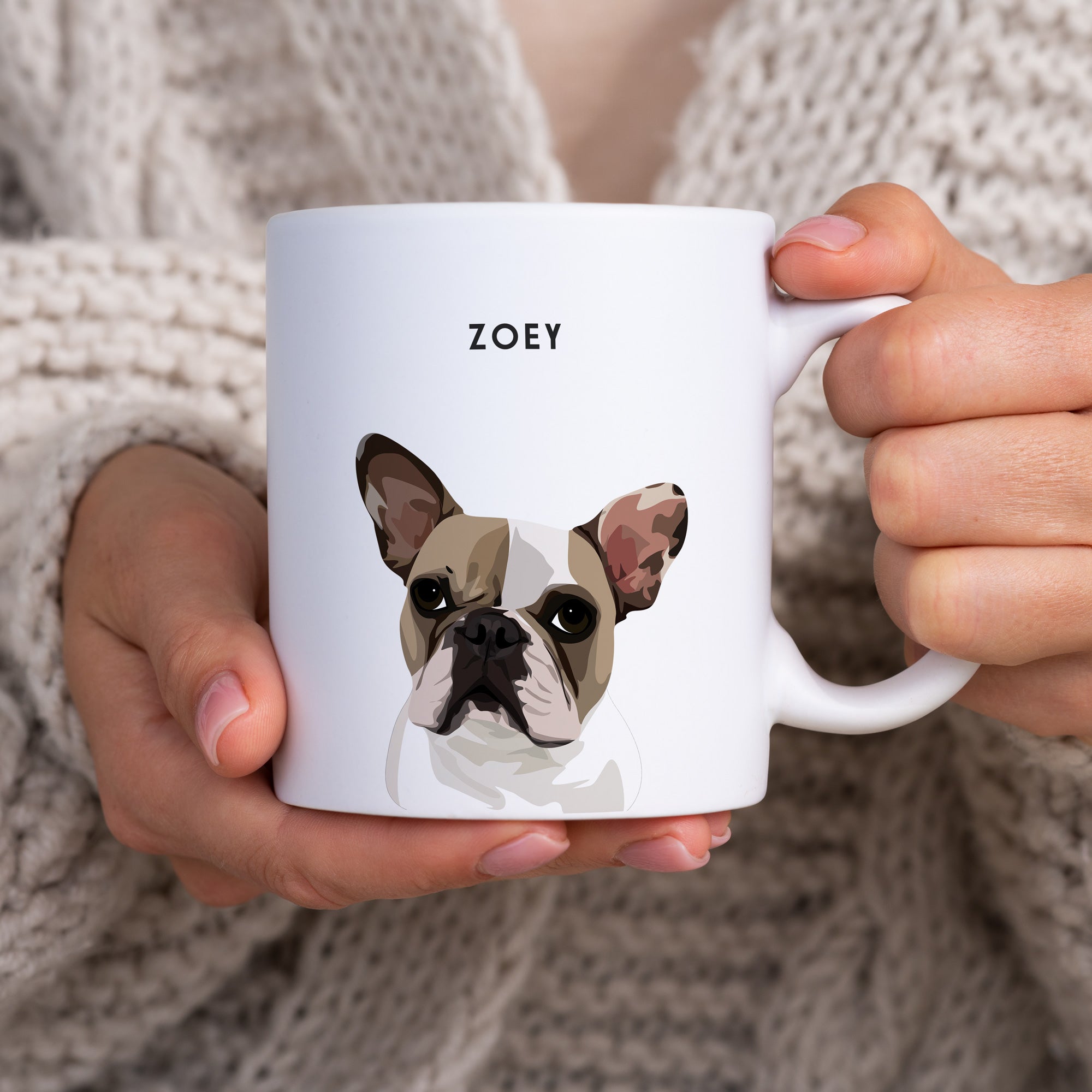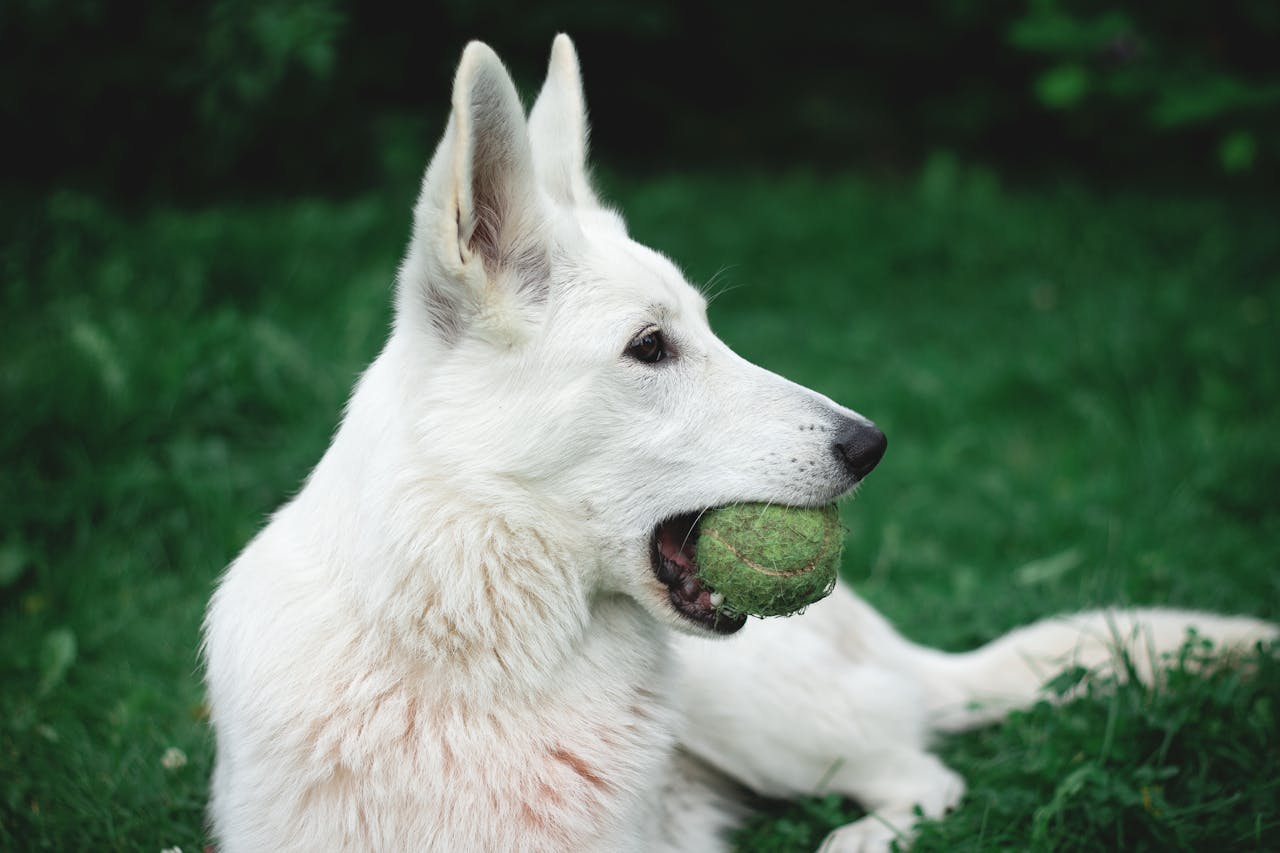Ready to "fetch" some fun facts about your furry friend's favorite toy?
From the way they zip across the grass to that distinct rubbery scent, there's a whole lot to love about tennis balls if you're a dog. Whether you're a seasoned dog parent or a newbie to the game of fetch, understanding the 'why' behind this obsession can make playtime even more enjoyable for you and your pup.
The Scent of Excitement
Did you know dogs have a sense of smell that's up to 100,000 times more acute than ours? It's no wonder they go mutts for the natural rubber scent of a tennis ball! That distinct aroma can trigger excitement and anticipation in our pooches, as they associate it with playtime fun. Plus, the more they play with it, the more it smells like them and their environment, which can be super comforting—like a fuzzy, smelly security blanket!
But it's not just about the rubber; it's also about the scents of the outdoors that cling to the ball during a game of fetch. The grass, the dirt, the slobber—oh, the glorious slobber!—each adds a layer to the ball's bouquet of smells. It's like a scrapbook of sniffable memories, making that chewed-up tennis ball a treasure trove of olfactory delights.
A Texture to Tail-Wag For
Let's talk texture! That fuzzy felt coating on a tennis ball isn't just for show; it's a chew-tastic feature that dogs adore. The rough, yet satisfying texture gives our pups something to sink their teeth into—literally. It's like a gentle massage for their gums, which can be quite the drool-worthy experience for our four-legged friends.
Compared to other chew toys, tennis balls have a certain je ne sais paw that keeps dogs coming back for more. They're not too hard, not too soft, but just right for a satisfying chew session. And let's be honest, watching your pup trot around triumphantly with their prized ball is just too cute for words, right?
The Joy of the Chase
Ever wonder why your dog bolts like a furry lightning bolt after a tennis ball? It's all about the thrill of the chase! Deep down, our domesticated doggos still have a spark of their wild ancestors' hunting instincts. When that ball goes flying, it's like a switch flips in their brain, and they're off on a wild hunt for their bouncy prey.
And let's not forget the unpredictable bounce of a tennis ball. It zigs, it zags, it keeps Fido guessing and engaged. This erratic movement taps into a dog's prey drive, making the game of fetch both physically and mentally stimulating. It's not just a ball; it's a bouncing puzzle that keeps their instincts sharp and tails wagging.
Fitness and Fun Rolled Into One
Playing fetch isn't just a blast; it's a workout in disguise! Chasing after a tennis ball provides excellent cardio, keeps those doggy muscles toned, and can improve overall health. It's a full-body workout that can help keep your pup in tip-top shape. Plus, it's a fantastic way to burn off some of that boundless canine energy.
But the benefits of fetch go beyond just physical fitness. It's also a pawsome way to strengthen the bond between you and your pet. Each toss of the ball is a moment of trust and teamwork, building a deeper connection with every game. So, next time you're playing fetch, remember it's not just fun and games; it's also a love language for you and your furry BFF.
Color Me Happy
Ever wondered if dogs can see the bright hue of a tennis ball? While dogs don't see colors the same way we do, they can distinguish between certain shades. The vibrant yellow-green of a tennis ball is actually quite visible to them, making it easier to spot against various backgrounds. Whether it's in the grass or mid-air, that pop of color helps your dog keep their eyes on the prize.
This visibility is especially important when you're playing fetch in a large, open space. It helps your pooch track the ball's location and speed, ensuring that the game stays fun and doesn't turn into a "sniff and search" mission. So, while your dog might not appreciate the color for its aesthetic, they certainly benefit from its high visibility!
Size Matters
Why do tennis balls seem like the perfect fit for a dog's mouth? It's all about the size! A standard tennis ball is just the right diameter for most dogs to grasp securely and carry around without any fuss. It's like the Goldilocks of dog toys—not too big, not too small, but just right for a game of fetch.
However, it's crucial to consider safety when choosing a tennis ball for your dog. Different breeds have different needs, and what's perfect for a Labrador might be a hazard for a Chihuahua. Always make sure the ball isn't small enough to be swallowed or choked on. Safety first, because no one wants a game of fetch to end in a "ruff" way.
Conclusion
So there you have it, a tail-wagging tour of why dogs love tennis balls. From the enticing scent and chew-friendly texture to the joy of the chase and the health benefits of a good fetch session, tennis balls are more than just a simple toy—they're a source of endless fun and bonding. And let's not forget, the memories made while playing fetch are some of the most frame-worthy moments between you and your furry friend.
As pet lovers who adore capturing and cherishing these playful times, we understand that a tennis ball is more than just a sphere of rubber and felt. It's a vessel of joy that brings laughter, excitement, and love into our lives and the lives of our beloved dogs. So go ahead, toss that ball, and watch your dog's face light up with pure, unadulterated happiness. It's these simple pleasures that make the pet parenting journey so pawsitively delightful!
FAQs
Can playing with tennis balls be bad for my dog's teeth?
Yes, excessive chewing on tennis balls can wear down your dog's teeth over time. It's important to monitor their play and provide a variety of chew toys.
How can I clean my dog's tennis balls to ensure they're safe to play with?
Wash tennis balls with soap and water, and rinse thoroughly. You can also put them in a mesh bag and run them through the washing machine on a gentle cycle.
Is there a particular type of tennis ball that's best for dogs?
Choose tennis balls designed specifically for dogs, as they're often more durable and safer than regular tennis balls.
How often should I replace my dog's tennis balls?
Replace tennis balls when they start to show signs of wear, such as significant fraying or when they no longer bounce.
What should I do if my dog gets too possessive over their tennis ball?
Teach your dog the "drop it" command and practice trading the ball for treats to reduce possessiveness. If the issue persists, consult a professional trainer.


